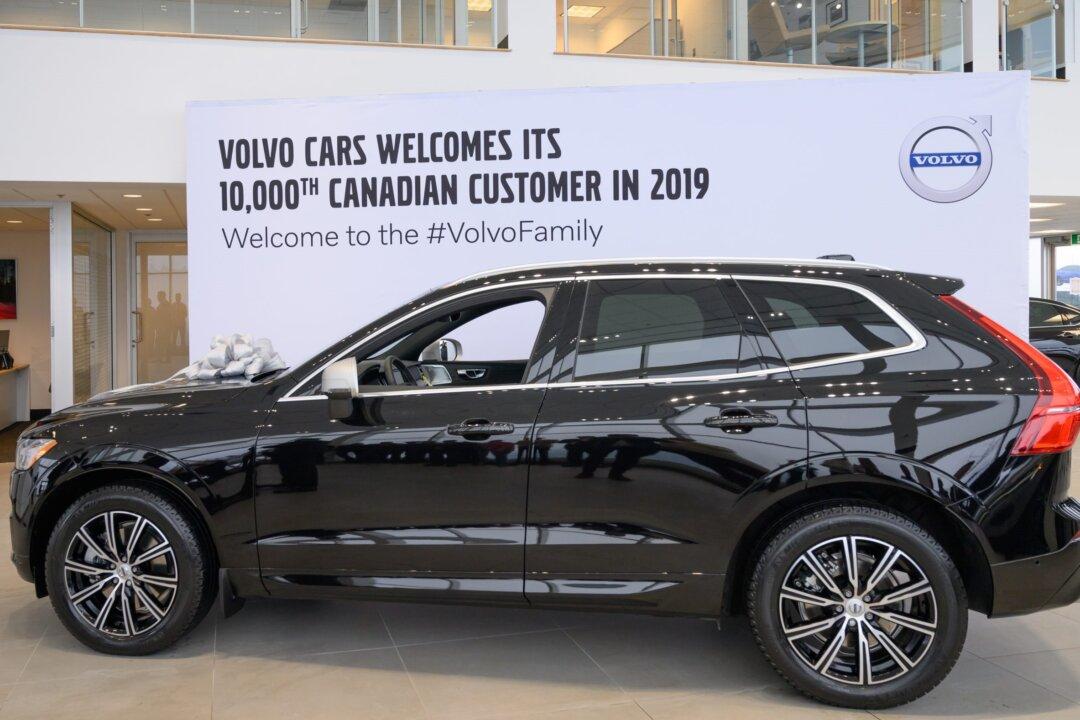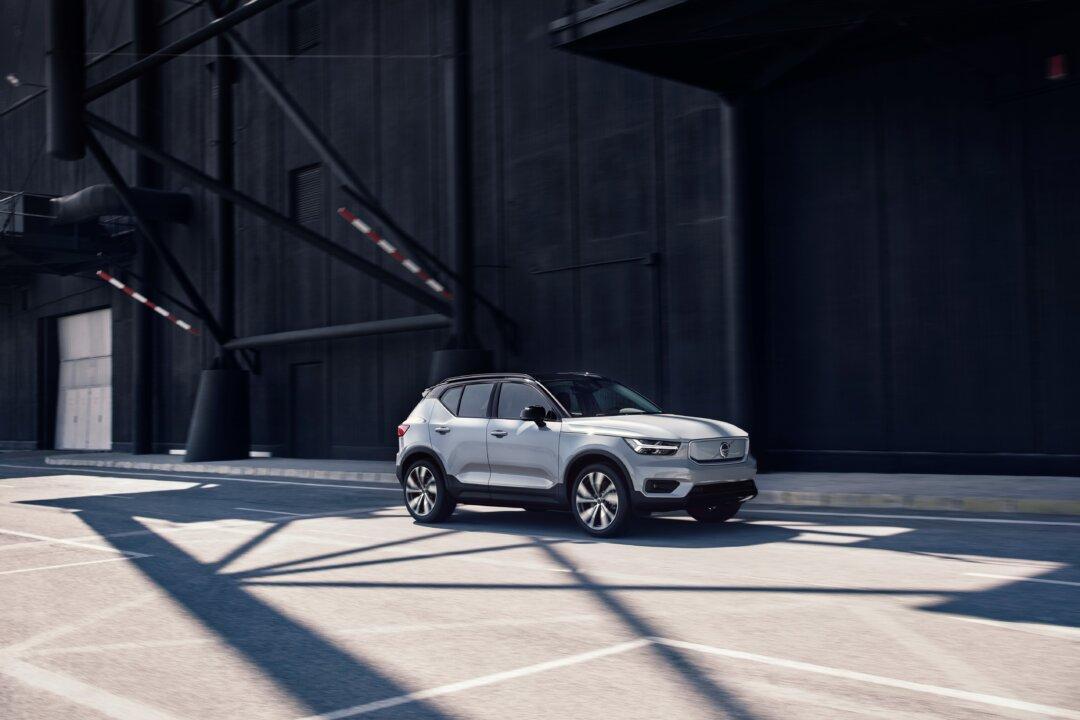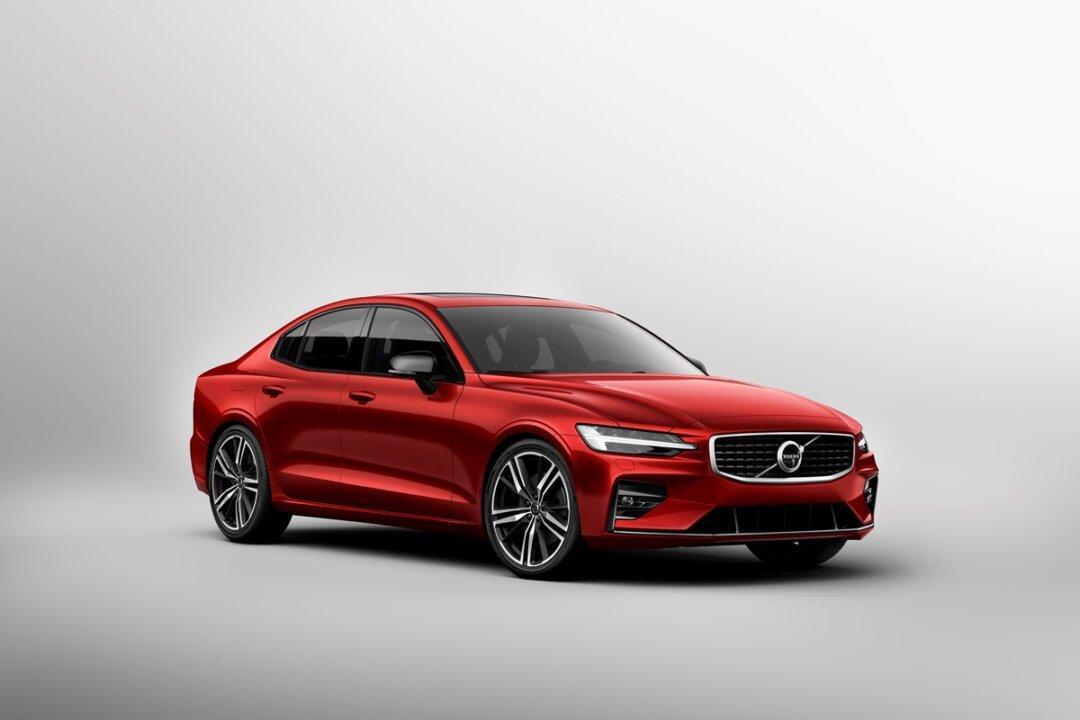MONCTON, New Brunswick—The Automobile Journalists Association of Canada’s (AJAC) EcoRun event—now in its seventh year—is an eco-friendly drive that showcases a disparate group of fuel-efficient vehicles presented by popular OEMs. Each vehicle is available or, in the case of the Honda Clarity Fuel Cell and the Smart EQ, will soon be available to the public.
There are no categories, absolutely no separation or segregation of mainstream and luxury vehicles, nor any winners decided in the end. It’s neither a competition, nor a race. To be 100 percent clear, the purpose of the EcoRun is to help inform consumers of alternative options to conventional internal combustion engines and everything else currently available to the masses in Canada.




